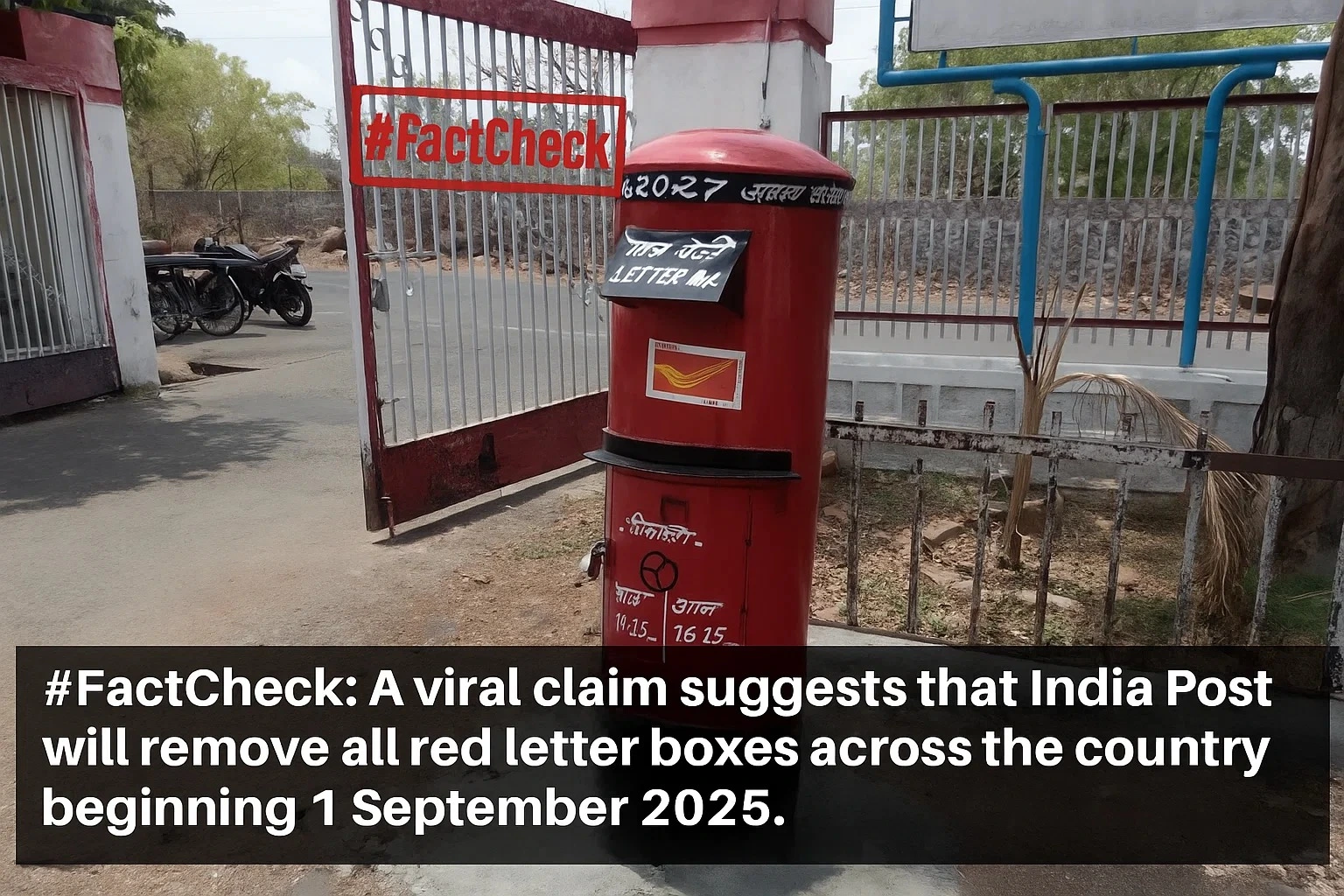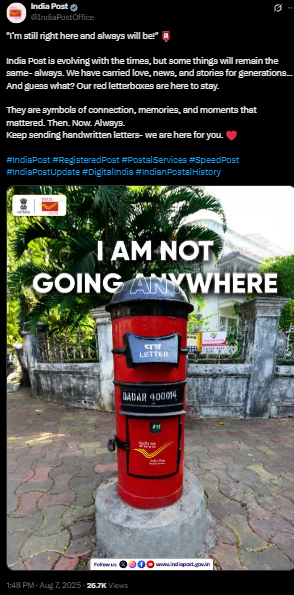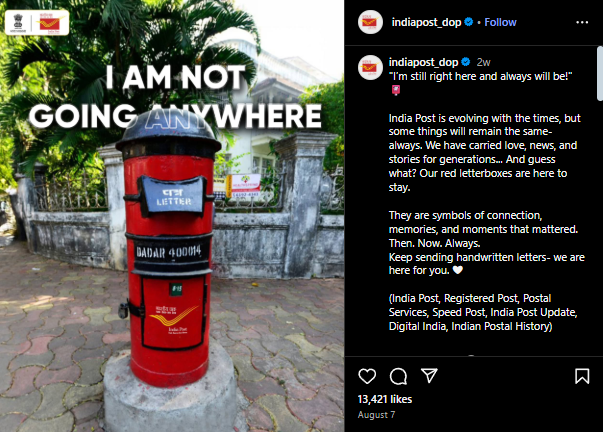Google's Evolving Approach to User Privacy on Location Data
Introduction
Google is set to change its storage and access of users' "Location History" in Google Maps, reducing the data retention period and making it impossible for the company to access it. This change will significantly impact "geofence warrants," a controversial legal tool used by authorities to force Google to hand over information about all users within a given location during a specific timeframe. This decision is a significant win for privacy advocates and criminal defense attorneys who have long decried these warrants.
The company aims to protect people's privacy by removing the repository of location data dating back months or years. Geofence warrants, which provide police with sensitive data on individuals, are considered dangerous and could turn innocent people into suspects.
Understanding Geofence Warrants
Geofence warrants, also known as reverse-location warrants, are used by law enforcement agencies to obtain locational data stored by tech companies within a specified geographical area and timeframe to identify devices near a crime scene. In contrast to general warrants, which allow law enforcement agencies to obtain data of one individual (usually the suspect), geofence warrants enable law enforcement authorities to obtain data for all individuals in a specific location and subsequently track and trace any device that may be linked to a crime scene. Geofence warrants have become a major issue, with law enforcement agencies utilising them to obtain location data from tech companies.
Privacy Concerns of Geofence Warrants
While Geofence warrants allow law enforcement agencies to determine and identify potential suspects, these warrants have sparked controversy for their invasive characteristics. Civil rights activities and various technology companies have raised concerns over the impact of these warrants on the rights of data principals. It is noted that geofence warrants mark a rise in cases of state surveillance and police harassment. Not only is any data principal in the vicinity of the crime scene classified as a potential suspect, but companies are also compelled to submit identifying personal data on every device/phone in a marked geographic space.
From Surveillance to Safeguards
Geofence warrants have become a contentious tool for law enforcement worldwide, with concerns over privacy and civil liberties, especially in sensitive situations like protests and healthcare. Google is considering allowing users to store their location data on their devices, potentially ending the use of geofence warrants, which law enforcement agencies use to obtain location data from tech companies.
Google is changing its handling of Location History data, moving it on-device instead of on its servers. The default data retention period will be reduced. Google Maps' product director, Marlo McGriff, stated that the company will automatically encrypt backed-up data for cloud backups, preventing anyone from reading it. When these changes are implemented, Google will have no geodata fishing options for users. Google confirmed that it will no longer be able to respond to new geofence warrants once these changes are implemented, as it will not have access to the relevant data. The changes were designed to put an end to dragnet searches of location data.
Conclusion
Google's decision to change storage and access policies for users' location history in Google Maps marks a pivotal step in the ongoing narrative of law enforcement's misuse of geofence warrants. This move aims to safeguard individual privacy by significantly restricting the data retention period and limiting Google's ability to comply with geofence warrants. This change is welcomed by privacy advocates and legal professionals who express concerns over the intrusive nature of these warrants, which may potentially turn innocent individuals into suspects based on their proximity to a crime scene. As technology companies take steps to enhance user privacy, the evolving landscape calls for a balance between law enforcement needs and protecting individual rights in an era of increasing digital surveillance.
References:
- https://telecom.economictimes.indiatimes.com/news/internet/google-to-end-geofence-warrant-requests-for-users-location-data/106081499
- https://www.forbes.com/sites/cyrusfarivar/2023/12/14/google-just-killed-geofence-warrants-police-location-data/?sh=313da3c32c86
- https://timesofindia.indiatimes.com/gadgets-news/explained-how-google-maps-is-preventing-authorities-from-accessing-users-location-history-data/articleshow/106086639.cms









